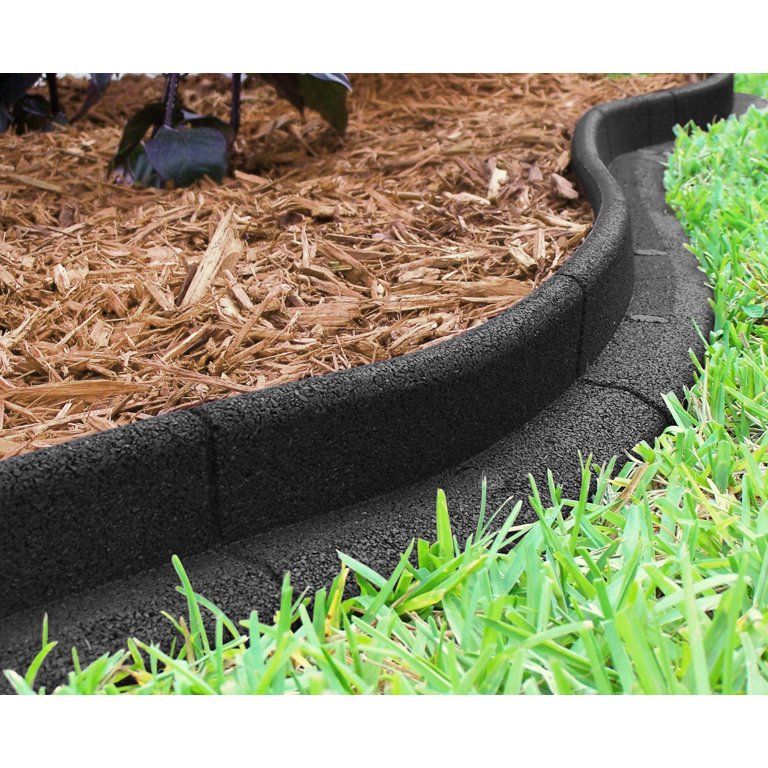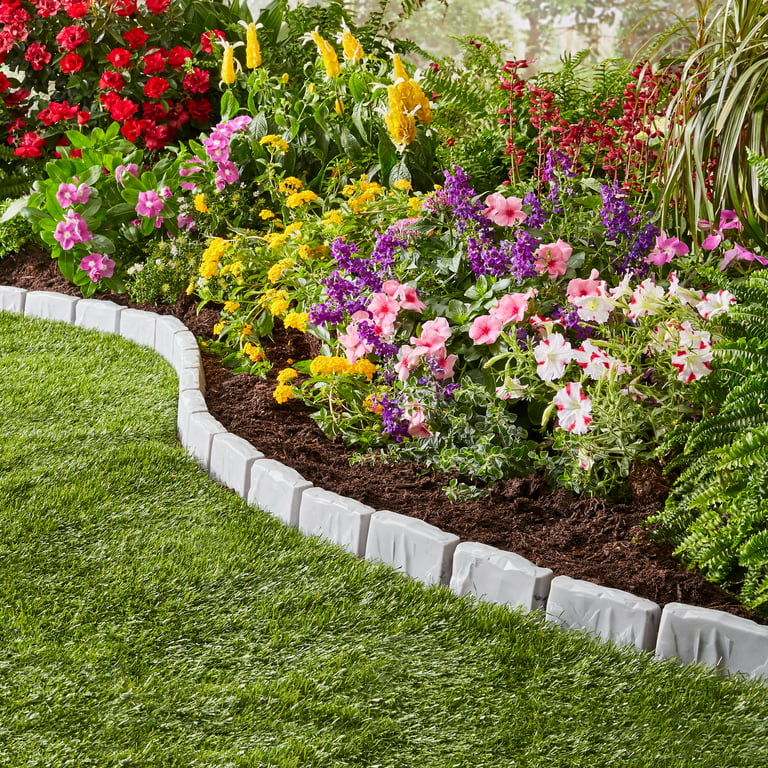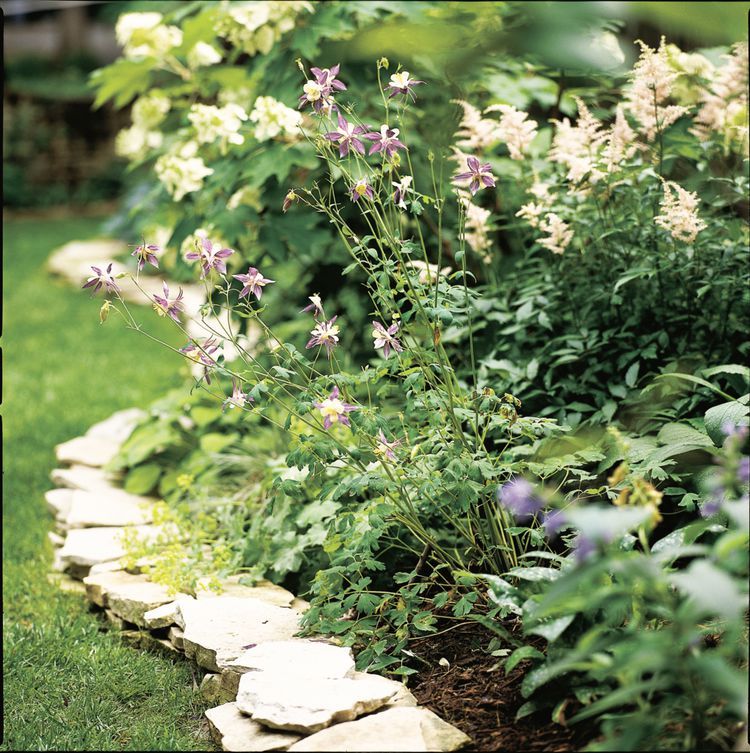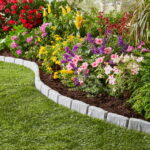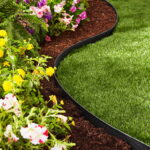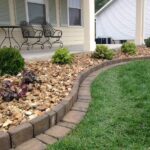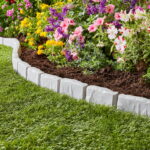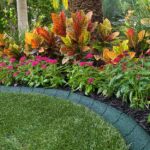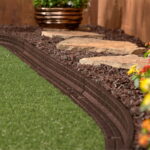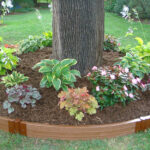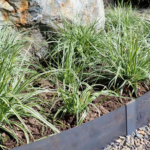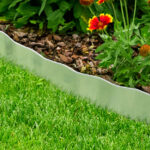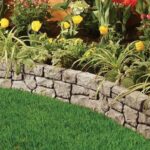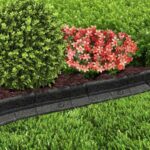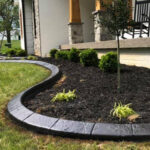Landscaping edging is a crucial element in creating a polished and well-maintained outdoor space. By adding a border between your lawn, flower beds, and other landscaping elements, you can create a clean and defined look that enhances the overall aesthetic of your property.
There are many different materials and styles of landscaping edging to choose from, each offering unique benefits and drawbacks. Some popular options include concrete, brick, metal, and plastic. Concrete and brick edging are durable and can add a touch of elegance to your landscaping design, while metal and plastic edging are more flexible and easy to install.
One of the main functions of landscaping edging is to provide a barrier between different areas of your yard, such as keeping grass from encroaching on flower beds or preventing mulch from spilling onto your lawn. This not only helps to maintain a neat and tidy appearance but also makes it easier to mow your lawn and maintain your garden beds.
In addition to practical purposes, landscaping edging can also be used to create visual interest and enhance the overall design of your outdoor space. By incorporating different colors, textures, and shapes into your edging, you can add depth and dimension to your landscaping design, creating a more visually appealing and cohesive look.
Proper installation and maintenance of landscaping edging are key to ensuring its effectiveness and longevity. It’s important to carefully prepare the area where you will be installing the edging, making sure the ground is level and free of debris. Regularly inspecting and cleaning your edging will help prevent damage and ensure that it continues to enhance the beauty of your outdoor space.
Overall, landscaping edging is a simple yet effective way to elevate the look of your outdoor space. Whether you choose a traditional material like brick or a more modern option like plastic, adding edging to your landscaping design can help create a clean and organized look that will enhance the overall beauty of your property.
